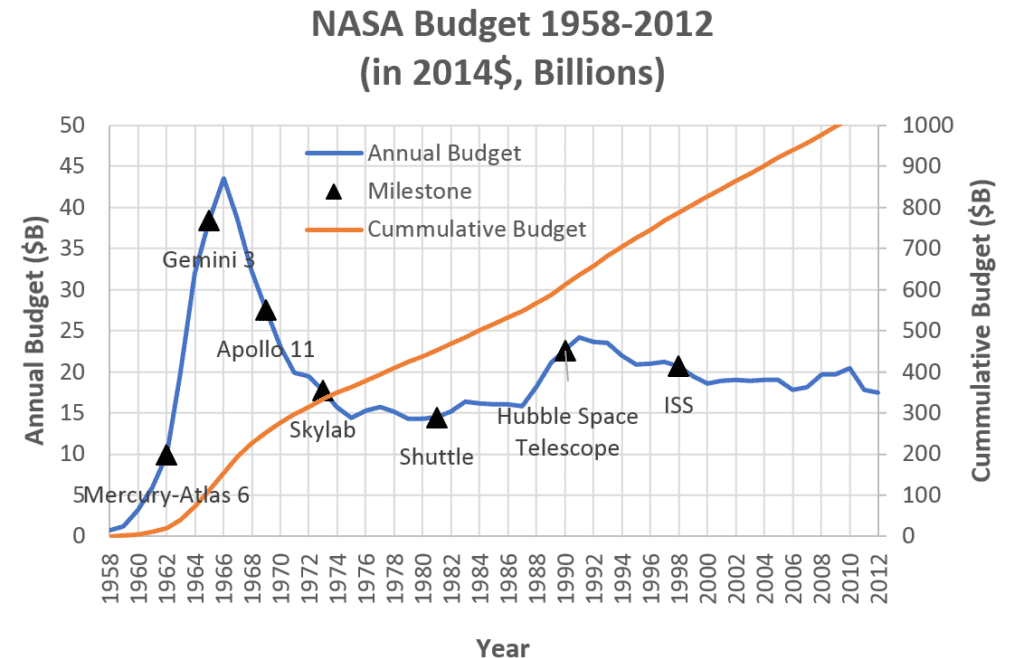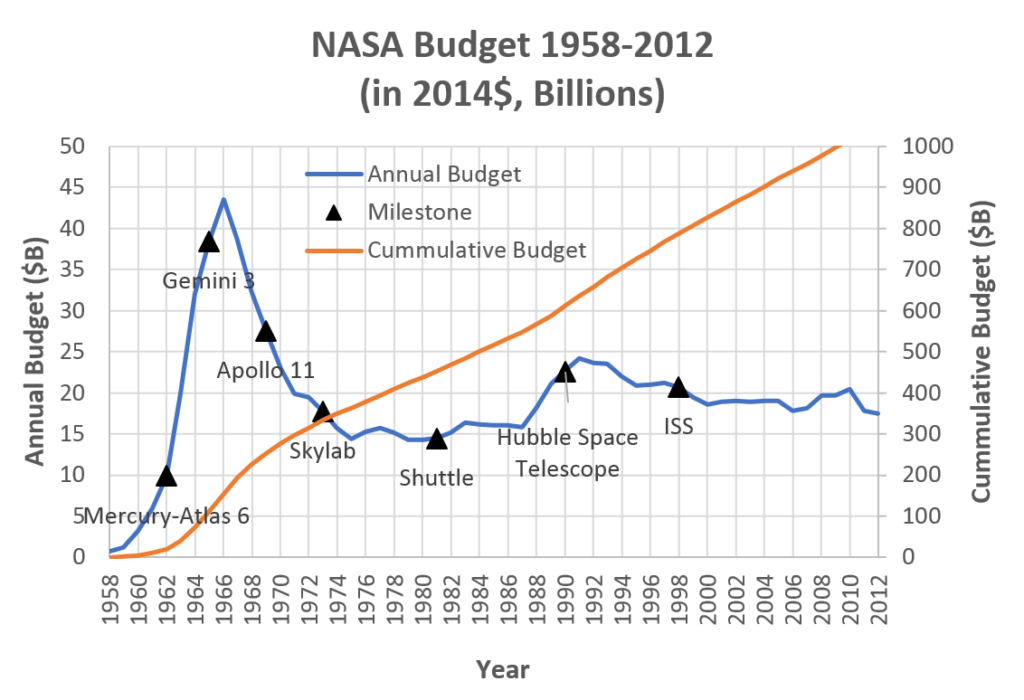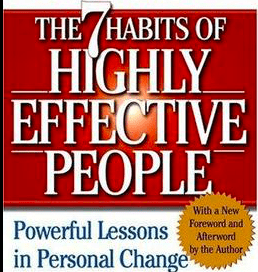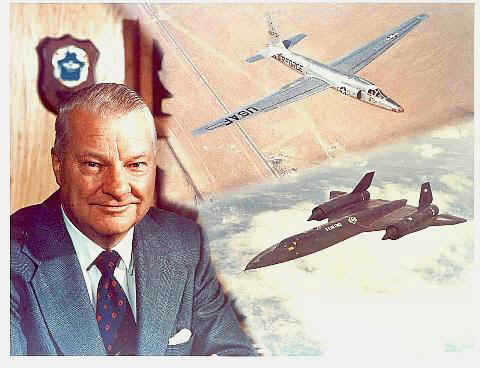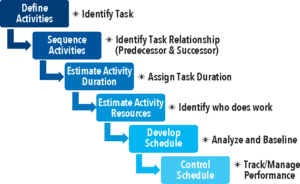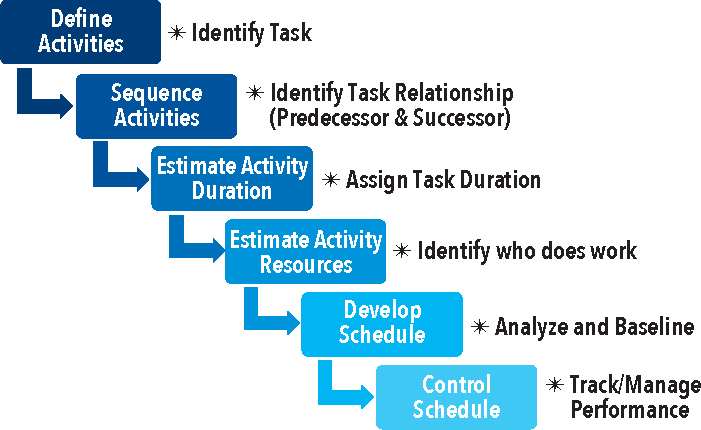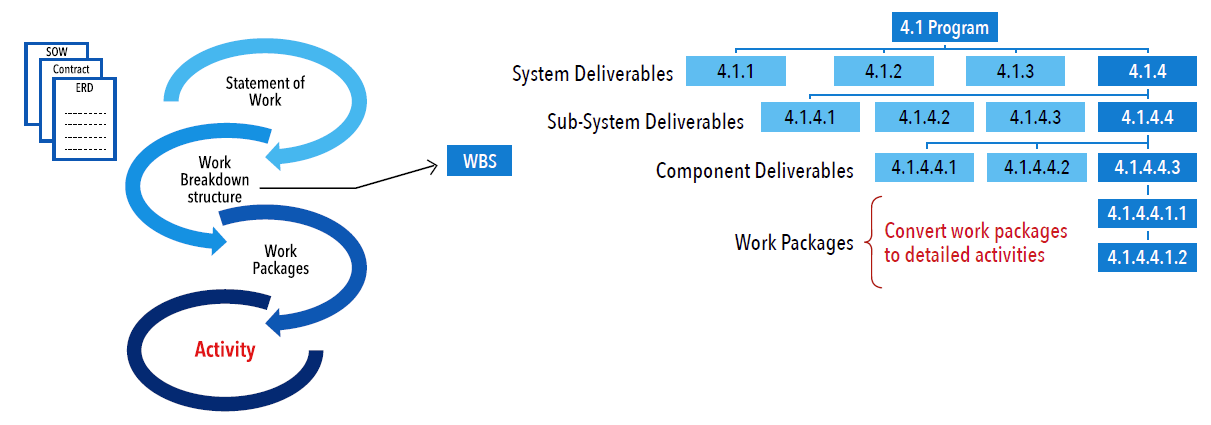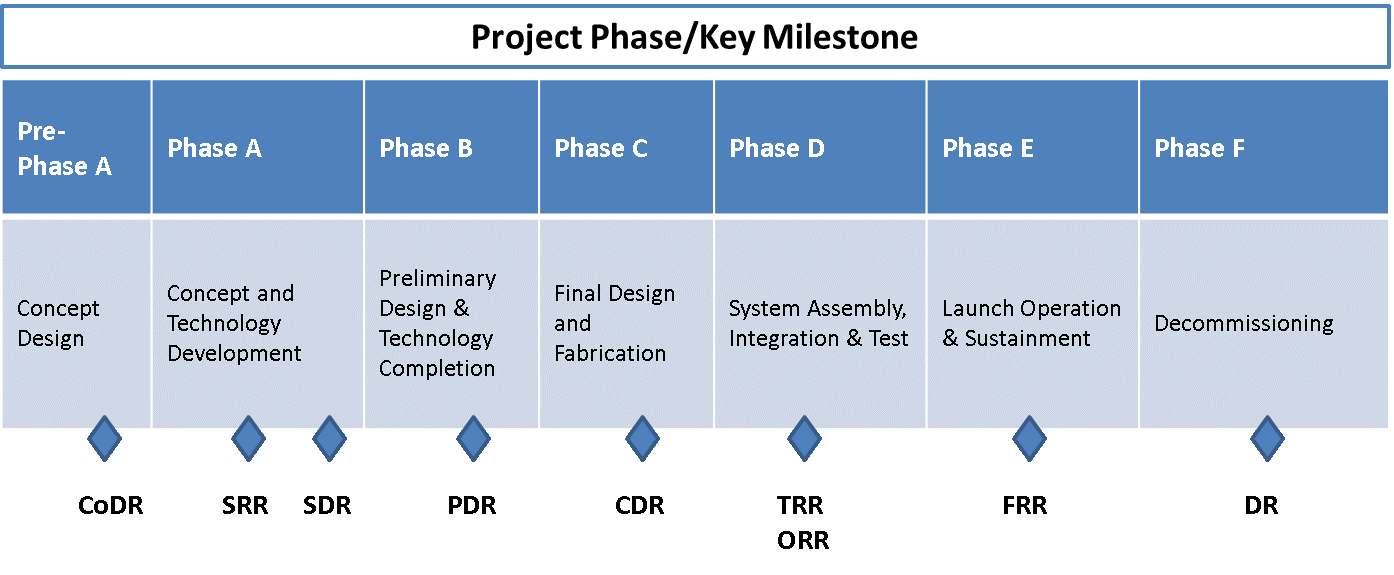“The way we communicate with others and with ourselves ultimately determines the quality of our lives.” ~Tony Robbins
It is no surprise that communication errors are the root of the most costly mistakes in the engineering world. From slipped schedules, undisclosed technical failures, to team-wide frustration and confusion, the lack of effective communication bleeds into all elements of a project. This post is about how to identify the most common issues and how to bridge communication gaps.
What are the seven deadly sins of engineering teams? Based on the book “Overcoming the 7 Deadliest Communication Sins” by Skip Weisman, these sins are:
- Lack of specificity – communication that is not specific enough.
- Lack of desirable behaviors – focusing on what “not to do” rather than what needs to be done. This leads to a focus on negative behavior.
- Lack of immediacy – procrastination of bad news, difficult conversations.
- Lack of focused attention – multitasking when someone is talking to you.
- Lack of appropriate tone and body language – in the form of raised voices, yelling, pointing and so forth.
- Lack of directness and candor – not talking about the “elephants in the room” or talking in general context hoping others will infer the actual meaning.
- Lack of respectful rebuttals – using the word “BUT” instead of “AND.” This inadvertently fosters disrespect.
When addressing the seven deadly communication sins, it is important to identify your own communication style. Which of the following are you?
The 9 Communication Types
| Attention Style* | Communication Style | Illustrative Quote |
| Perfectionist/Type 1 | Uses precise, direct, exacting, structured and detailed speech, shares task-related thoughts, can get mired in details, becomes defensive if criticized or if they are told their information is “wrong.” | “I think it’s very important to have a feedback loop, where you’re constantly thinking about what you’ve done and how you could be doing it better. I think that’s the single best piece of advice: constantly think about how you could be doing things better and questioning yourself.” |
| Helper/Type 2 | Asks lots of questions, focuses on the content of the other person, more “other” than “self” referencing, gives compliments, values social connection. | “The ultimate source of happiness is not money and power, but warm-heartedness” |
| Achiever/Type 3 | Uses clear, efficient, logical speech, may become impatient with lengthy conversations, focuses on steps to success, avoids topics that might reflect negatively on them or their image. | “People are not lazy-they simply have goals that do not inspire them.” |
| Individualist/Type 4 | Uses deliberate, conscious word choice, sensitive to emotional undercurrents and the personal situations of others, comfortable unearthing and addressing negative or messy work situations. | “Get closer than ever to your customers. So close that you tell them what they need well before they realize it themselves.” |
| Investigator/Type 5 | Speaks tersely with highly selective word choice, offers little extra information, focuses on analytical data, limited sharing of extra or personal information, answers only exactly what is asked. | “Reward worthy failure–experimentation.” |
| Skeptic/Type 6 | Starts with analytical comments, discusses worries, concerns, “what ifs” and potential negative outcomes, may alternate between hesitant, cautious speech with bold confident speech. | “You need to plan the way a fire department plans: it cannot anticipate where the next fire will be, so it has to shape an energetic and efficient team that is capable of responding to the unanticipated as well as to any ordinary event.” |
| Enthusiast/Type 7 | Uses upbeat, positive, quick, spontaneous speech, tells engaging stories, avoids the negative, reframes negative information into positive information. | “If somebody offers you an amazing opportunity but you are not sure you can do it, say yes – then learn how to do it later!” |
| Leader/Type 8 | Uses bold and authoritative speech, big picture and strategic, may raise the intensity of their language until they get a response, may display anger directly and overwhelm others with their “aggressive” communication style. | “You can do a lot more with weapons and politeness than just politeness.” |
| Peacemaker/Type 9 | Uses agreeing words, gives highly detailed information in a sequential style, makes effort to be fair and balanced, may say yes when they mean no. | “Silence is sometimes the best answer.” |
Wondering who said those quotes?
Bill Gates, Steve Jobs, Elon Musk, Richard Branson, the Dalai Lama, Tony Robbins, Andy Grove, Vladimir Putin and Ben Cohen. We’ll tell you who said what in an upcoming post.
Get started now:
Here’s our top tip of how you can start to improve your communication now. Pick Deadly Sin #1, the sin of lack specificity. Focus on this topic for the next 30 days. Your goal is to be as accurate and specific as possible. Pay attention to your communication both written and verbal. Are you clear? Are you accurate? Could you be more specific? Ranging from email subject heading to voicemail greetings, check your communication to see if you can take it up a notch. And notice how it feels to be more accurate, precise and complete in your communication.
Want to learn more?
Learn more about how to improve your business communication in our Effective Communication for Engineers Boot Camp.
References:
*The nine types are based on the Enneagram System of Personality. Learn more.
Communication Skills for Engineers – The Seven Deadly Sins and How to Overcome Them




